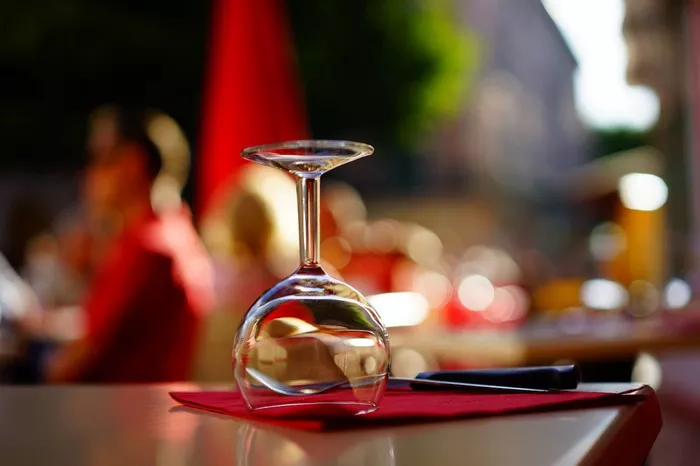Chianti wine, hailing from the heart of Tuscany, Italy, is one of the world’s most celebrated red wines. Known for its rich history, robust flavor, and stringent production standards, Chianti has captured the admiration of wine enthusiasts globally. Yet, beneath its bold character lies a carefully crafted blend of grapes and complementary elements, each playing a vital role in its identity.
Understanding the ingredients of Chianti wine allows us to appreciate its complexity and artistry. At its core, Chianti adheres to strict regulations under the Denominazione di Origine Controllata e Garantita (DOCG), ensuring that only specific grape varieties, in exact proportions, contribute to this renowned wine. In this article, we will explore the essential components of Chianti wine, diving deep into the primary and secondary grapes and other critical ingredients that shape its profile.
Primary Ingredients: The Core of Chianti
The Dominance of Sangiovese
The soul of Chianti wine is undoubtedly the Sangiovese grape, which accounts for at least 70–80% of the blend in most Chianti classifications. For Chianti Classico, a higher threshold of at least 80% is required. Sangiovese, a versatile and ancient grape, thrives in the sun-drenched hills of Tuscany, developing bright acidity, medium to high tannins, and vibrant flavors.
The Sangiovese grape imparts the hallmark characteristics of Chianti: notes of cherry, plum, and red berries intertwined with herbal undertones and earthy nuances. Its high acidity ensures the wine remains food-friendly, pairing beautifully with Italian cuisine. Depending on how the grapes are cultivated and aged, Sangiovese can also reveal hints of spice, leather, or tobacco, adding complexity to the wine.
Supporting Grape Varieties
While Sangiovese forms the backbone, other grape varieties support and enhance the overall balance of Chianti. Traditionally, local varieties like Canaiolo and Colorino were blended to soften Sangiovese’s sharp acidity and amplify color intensity. Canaiolo contributes subtle floral and fruity notes, while Colorino enhances the deep ruby hue without overpowering the flavor profile.
In modern Chianti production, international grape varieties like Cabernet Sauvignon and Merlot are occasionally incorporated (up to 15% in Chianti Classico) to add structure, roundness, and approachability. Cabernet Sauvignon introduces dark fruit notes and tannic strength, while Merlot brings softness and velvety textures.
Secondary Ingredients and Their Roles
The Role of Yeast in Fermentation
Yeast, though not directly listed as an “ingredient,” plays a pivotal role in transforming grape juice into wine. During fermentation, either natural (wild) yeasts or cultivated strains convert the sugars in the grapes into alcohol and carbon dioxide. The choice of yeast impacts the flavor profile of Chianti, with certain strains accentuating fruity, spicy, or earthy characteristics.
Oak Aging and Flavor Enhancements
For premium Chianti wines, aging in oak barrels is a crucial step that imparts additional layers of complexity. While oak itself isn’t an “ingredient,” its influence on the final product is undeniable. During aging, the wine absorbs subtle notes of vanilla, toast, and spices from the wood, while the tannins are softened, creating a smoother mouthfeel.
Different types of oak, such as French or Slavonian, contribute varying effects. French oak tends to impart more pronounced vanilla and spice flavors, while Slavonian oak preserves the wine’s fruit-forward nature. For Chianti Riserva, which requires extended aging, the oak’s influence is even more pronounced, resulting in a richer, more luxurious wine.
See Also: How Many Calories Are in a Bottle of Zinfandel Rosé Wine?
Regulated Additives and Natural Components
Acidity, Tannins, and Sulfites
Chianti’s acidity and tannins, both natural components derived from the grapes, define its structure and longevity. Acidity keeps the wine fresh and vibrant, while tannins contribute to its dry, gripping texture.
To stabilize the wine and ensure longevity, small amounts of sulfites are often added. Sulfites act as a preservative, preventing oxidation and bacterial spoilage. While some consumers are wary of sulfites, their levels in Chianti are tightly regulated and kept within safe limits.
Water and Sugar Content
Chianti wine is a product of fermentation, and thus, its water and sugar content come directly from the grapes themselves. Residual sugar levels in Chianti are typically very low, as most of the sugar is converted into alcohol during fermentation. This dry style makes Chianti distinctively refreshing and versatile.
The Impact of Terroir on Ingredients
Soil, Climate, and Viticulture
The ingredients of Chianti wine are deeply influenced by the terroir of the Chianti region. Tuscany’s rolling hills, composed of a mix of clay, limestone, and marl soils, provide an ideal foundation for Sangiovese and other grapes to thrive. These soils enhance the minerality and acidity in the wine.
Climate also plays a role. Tuscany’s warm days and cool nights during the growing season allow grapes to ripen slowly, balancing sugar levels with acidity. Viticultural practices, such as canopy management and harvesting techniques, further refine the quality of the fruit.
Conclusion
Chianti wine’s greatness lies in its simplicity and precision. Each ingredient, from the dominant Sangiovese grape to the subtle touch of oak, contributes to a harmonious blend that reflects centuries of Tuscan tradition. Beyond its primary and secondary ingredients, the influence of terroir and meticulous winemaking techniques elevate Chianti to its iconic status.
Understanding these ingredients enhances our appreciation of Chianti and allows us to savor every sip with deeper knowledge and respect for the craftsmanship involved. Whether enjoyed with a hearty Italian dish or on its own, Chianti remains a timeless expression of winemaking artistry.
You Might Be Interested In:


